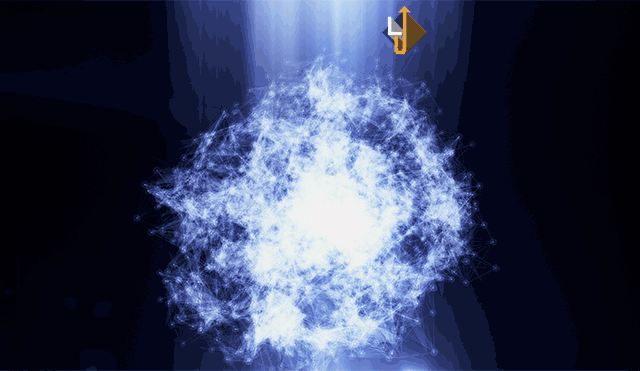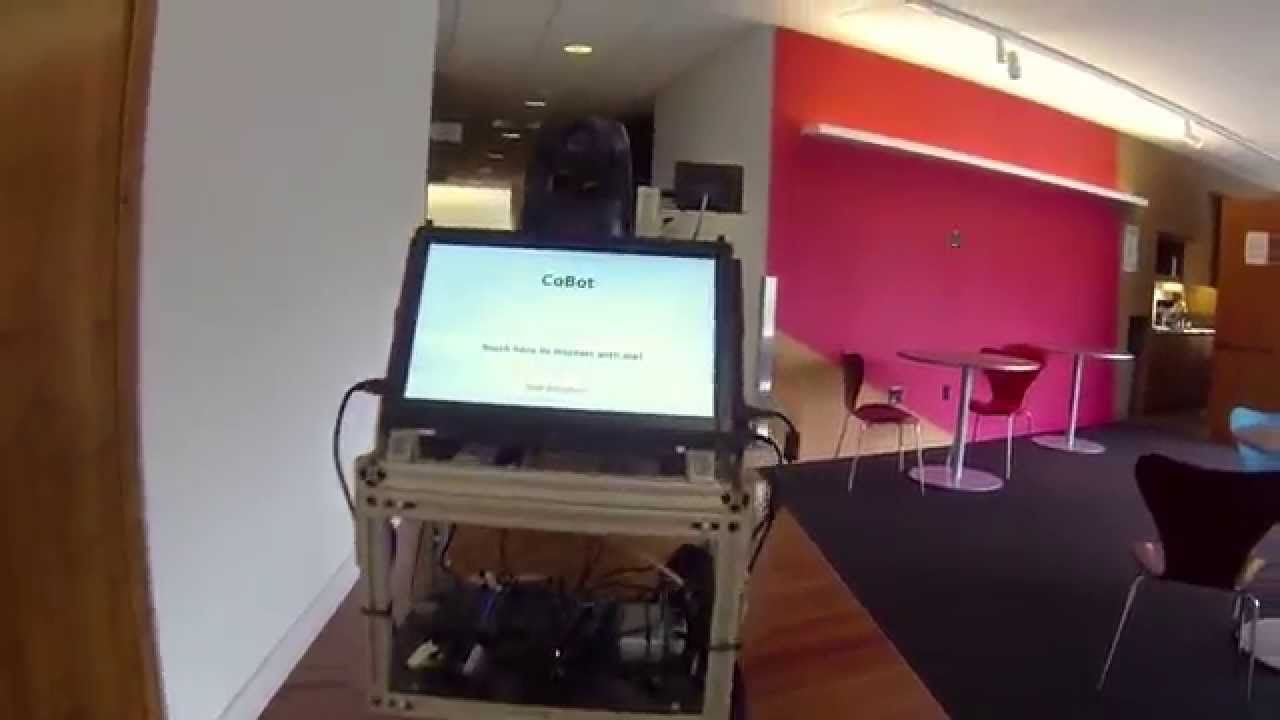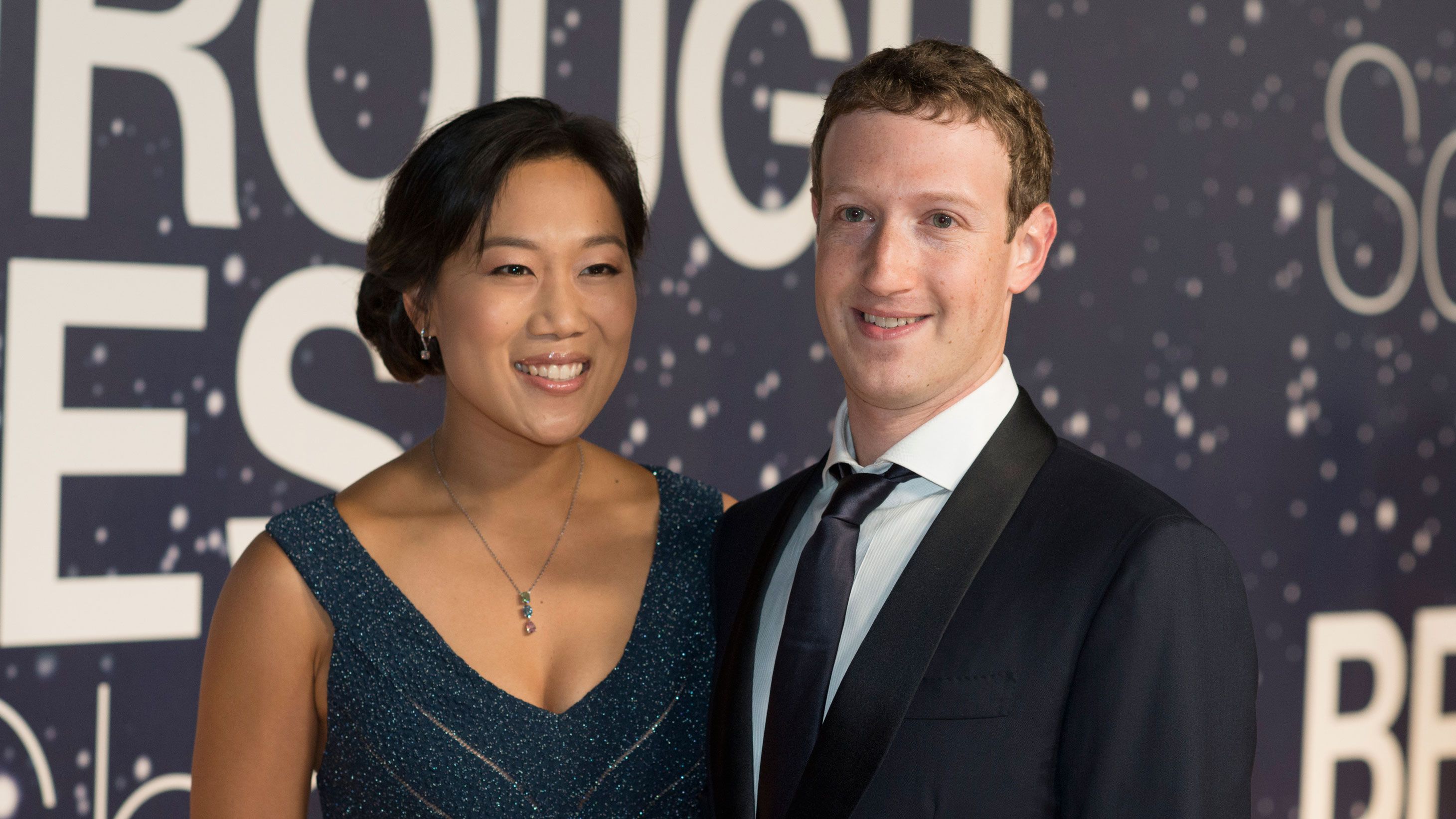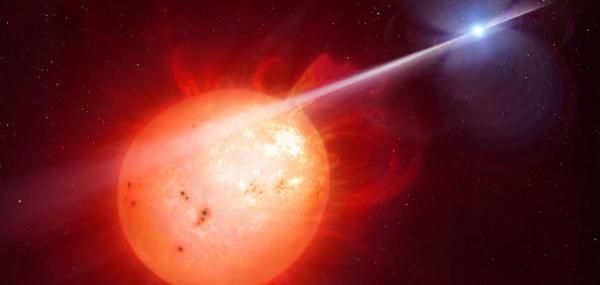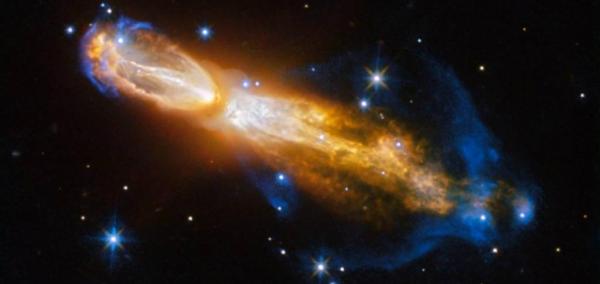Think patches that measure your blood chemistry and rooms geared toward your individual health are sci-fi concepts? Think again. Futuristic tech is improving health already — and it’s about to explode in popularity.
The question is not whether disruptive technologies will transform the healthcare job market, but rather how and when will it happen. Healthcare navigators, augmented/virtual reality operation planners and nanomedicine engineers in the second part of my article series about future jobs in healthcare.
Chan Zuckerberg Biohub
Posted in biotech/medical
The Chan Zuckerberg Biohub, a non-profit medical research organization started by Priscilla Chan and Mark Zuckerberg (and not to be confused with the Chan Zuckerberg Initiative, a limited liability corporation to advance human potential) today announced it would be doling out a total of $50 million to its first cohort of disease investigators.
The Biohub brings together Bay Area universities including the University of California, Berkeley; the University of California, San Francisco; and Stanford. One of the keystones to this collaboration effort is the investigative program.
Feb. 7 (UPI) — Astronomers at the University of Warwick have located a white dwarf pulsar — the first of its kind.
Until now, pulsars have been the domain of neutron stars. First discovered by astronomers in the 1960s, the binary stay systems are characterized by rhythmic blasts of electromagnetic radiation.
The newly identified white dwarf pulsar is called AR Scorpii, or AR Sco. It’s located in the constellation Scorpius, 380 light-years from our solar system.
Feb. 3 (UPI) — A new image from the Hubble Space Telescope displays the beauty of a stellar death — in this case, the death of a low-mass star, similar to our sun in size.
Once a red giant, the star is currently in a transitionary phase: It’s on its way to becoming a planetary nebula. The Hubble image reveals the star’s layers of gas and dust being shed and thrown outward. The expelled material, now forming clouds, could eventually form new stars and planets.
Astronomers rarely catch dying red giants in their transitionary phase. It will only be a few thousand years before the star is a pure planetary nebula — a blip in space time.
Forgive the source, but i saw this in the grocery store tabloid, still thought it was kind of interesting. These are the kind of people we should be trying to reach out to for life extension tech funding; their jobs are their looks, they have lots of money, and probably a million and one connections.
Agingexes Melanie Griffith and Don Johnson reunited at a mysterious German clinic with ties to a controversial doctor specializing in “fountain of youth” cures — including stem cell therapy!
In a bombshell exclusive, Radar caught the couple making a hush-hush visit to the ultra-private ACQUA Klinik in Leipzig — and Don’s wife was nowhere in sight!
There, they met with Dr. Augustinus Bader, a professor of stem cell technology who’s reportedly developed a “miracle” cure for aging. The visit also ignited speculation Melanie, 59, and Don, 67, may be rekindling their relationship — for the third time!
To understand 1st how to solve things like cancer, or other immune deficiency disorders, or to solve the human system’s other mysteries; one must understand DNA v. RNA.
DNA is a deoxyribonucleic acid and is a hereditary material in all living organism. It is located in the nucleus of cell which is known as nuclear DNA. But small amount of DNA is also found in the mitochondria known as mtDNA or mitochondrial DNA whereas RNA is ribonucleic acid present in all living cells. It carries instructions from DNA which controls the synthesis of proteins but in some viruses RNA, instead of DNA carries the genetic information. Do you know who had reported first time nucleic acids in 1871 — Friedrich Miescher from nuclei of pus cells.
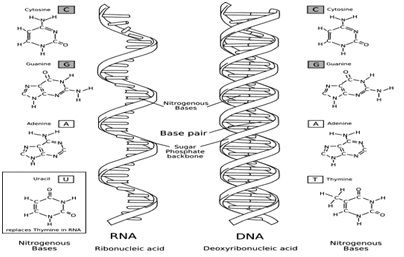
Source: www.static.diffen.com
How Genetics define the hereditary characteristics of human?
